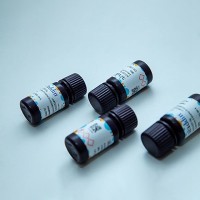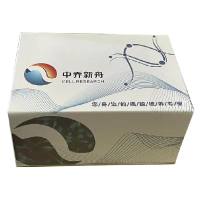Choosing/designing PCR primers
互联网
In designing primers for PCR, the following steps/rules were tested and proven to be useful:
1,Length of individual primers between 18-24 bases. Longer primers (30-35 bp) seem to work in more similar cycling conditions compared with shorter primers, and can make multiplexing easier (see picuters below).
2,It is desirable (but not absolutely necessary) that the two primers have a close melting temperature or Tm (say, within 5o C or so). If Tm difference between the two primers is high, the lower Tm can be increased by increasing the length of that primer at the 3' end (this can also keep the size of the amplified locus constant) or the 5' end.
3,Purine:pyrimidine content around 1:1 (maybe 40-60%)
4,If possible, primer sequence should start and end with 1-2 GC pairs
5,Each primer pair should be tested for primer-primer interactions. For this purpose a useful Macintosh program is "CPrimer", a freeware available at ftp.bio.indiana.edu This program also provides the melting temperature for the sequences entered, thus helping in designing PCR programs. Very convenient, some web sites offer programs that can be used directly on those sites to do the same functions: (search for optimal primers, melting temperatures).
6,Primer sequences should be aligned with all DNA sequences entered in the databases (using BLAST programs) and checked for similarities with repetitive sequences or with other loci, elwhere in the genome. If two loci are very similar (for example across species) it is useful to design the primers so that at least 1-2 bases at the 3' end are specific for the locus to be amplified
7,Cycling conditions and buffer concentrations should be adjusted for each primer pair, so that amplification of the desired locus is specific, with no secondary products (see other pages). If this is not possible, the sequences of the primers should be either elongated with 4-5 bases or simply, changed entirely.








